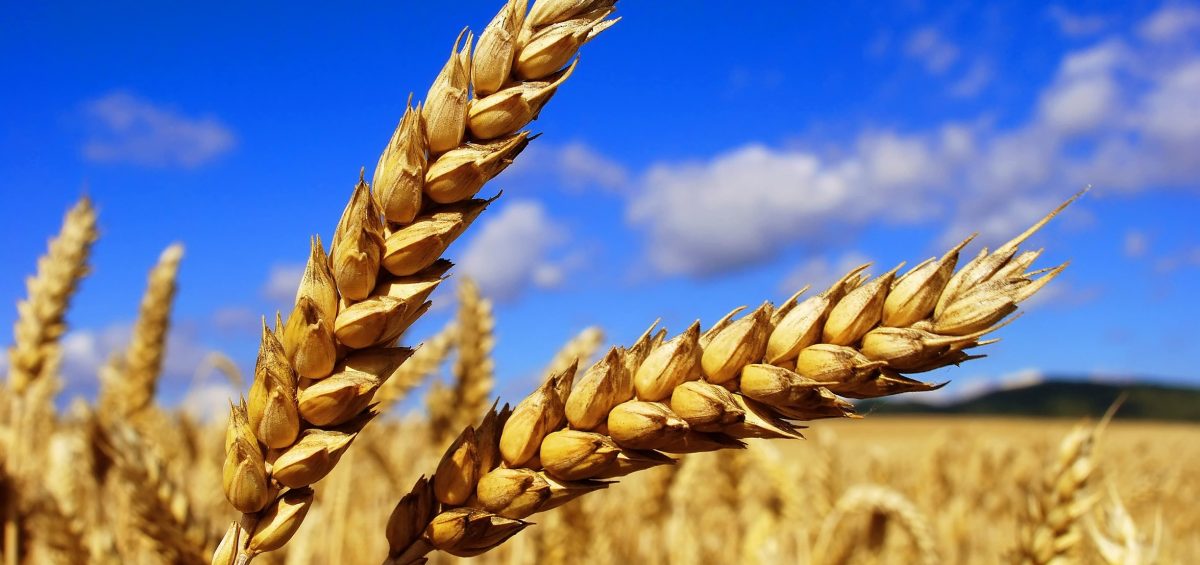“Australian farmland is attractive to investors because it combines the benefits of first world governance and stability with the scale and prices of developing nations.” Citi Private Bank, Wealth Report, 2011
Australia’s robust economy, strategic location and investment friendly business environment have made the country one of the world’s top destinations for foreign investment, with FDI inflows of over twice the OECD average (% of GDP basis, 2011).
The agriculture sector in particular is attracting growing investor attention, offering a high level of ownership security coupled with low farmland prices and a reliably profitable agricultural sector. This section summarises some of the key attractions for agricultural investors.
Highly transparent and secure real estate market
- Strong, stable democracy with an efficient legal system and very low level of sovereign risk (Moody’s sovereign rating of Aaa and S&P and Fitch rating of AAA).
- Rated amongst the top three most secure markets in the world to buy and own real estate (Jones Lang LaSalle Global Real Estate Transparency Index, 2012).
- Foreigners afforded exactly the same freehold ownership rights as Australians.
- No government approval required for private sector farmland investments below AU$231 million.
Very strong economy
- 21 consecutive years of uninterrupted GDP growth.
- Highest GPD per capita of any large economy (US$69,000, 2012 forecast).
- Ranked the most resilient economy in the world during the financial crisis (Institute for Management Development, World Competitiveness Yearbook 2008).
- Lowest government debt of any large western economy (net government debt of 9.5% of GDP, 2012 forecast).
- Soundest banking sector of any large economy (ranked fourth in the world by the World Economic Forum, 2011-12).
- Low rate of unemployment (5.1%, mid-2012).
- Rich in natural resources with lowest population density of any large economy.
Major agricultural producer and exporter
- Diverse climate, rainfall patterns and soil types allowing for a wide range of agribusiness enterprises.
- Well developed supply chain and export infrastructure.
- Highly skilled agricultural labour force.
- National gross farm income of AU$53 billion (2011-12) with agricultural output more than doubling since the 80s.
- Vast grain growing area covering 46 million hectares (three times the total land area of England).
- Grain production up by 69% and exports up by 176% in last five years (2007-08 to 2011-12).
- Food self sufficient, exporting two thirds of its agricultural production.
- Third largest exporter of wheat after USA and the European Union (15.9% of global exports, 2011-12).
- Ideally located to capitalise on the rapid rise in demand and changing diets in emerging markets, with grain exports to China up by more than 200% in five years (2007-08 to 2011-12).
Compelling investment fundamentals
- Large farm sizes facilitate greater economies of scale and higher farm income.
- High level of farm income without government subsidies producing reliable annual rental returns of 5%+.
- Strong and consistent record of land value appreciation, averaging 9% annually over the last 10 years.
- Lower farmland prices than any other large agricultural exporter (measured on a land price per unit of production basis, under half the price of United States, New Zealand, United Kingdom and Brazil).
- R&D and cutting edge management practices driving ongoing increases in farm income and productivity (agricultural labour productivity more than doubled in the last 20 years).
- Low levels of farm debt (less than 25% debt to equity ratio).
- No asset price bubble with almost all buyers still being local Australian farmers (98.5% of farm businesses 100% Australian owned).
- Socially responsible investment (world leaders in adoption of sustainable farming practices).
Source: Land Commodities, http://www.landcommodities.com/investing-in-australian-agriculture-an-introduction/


